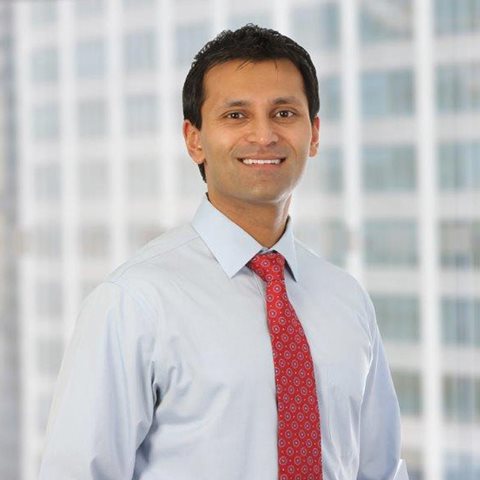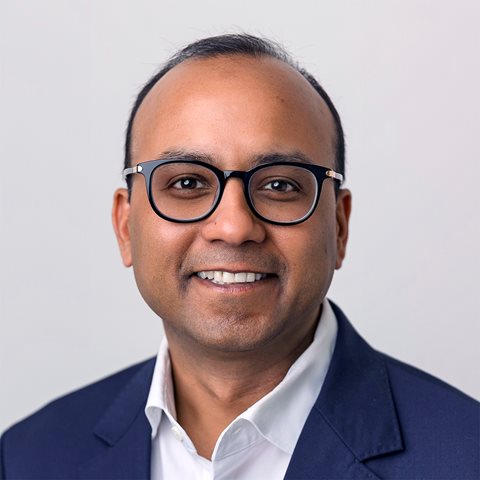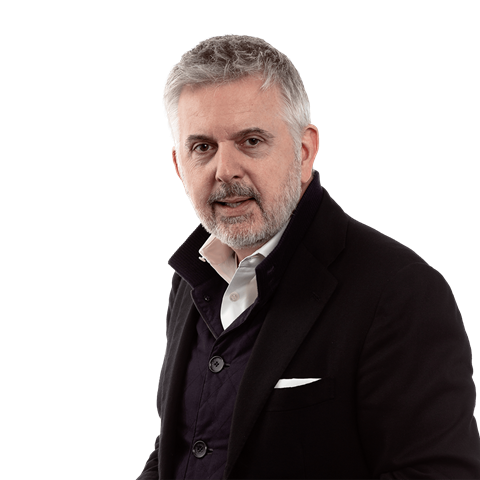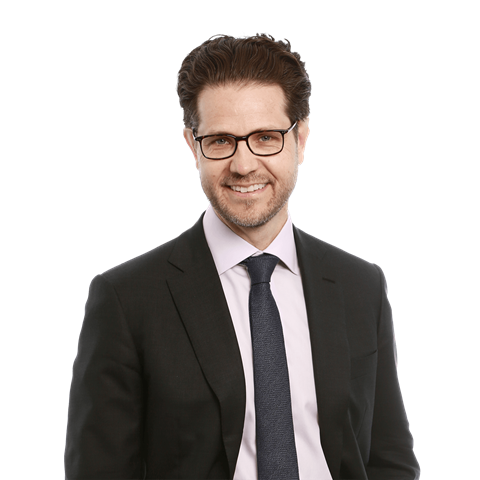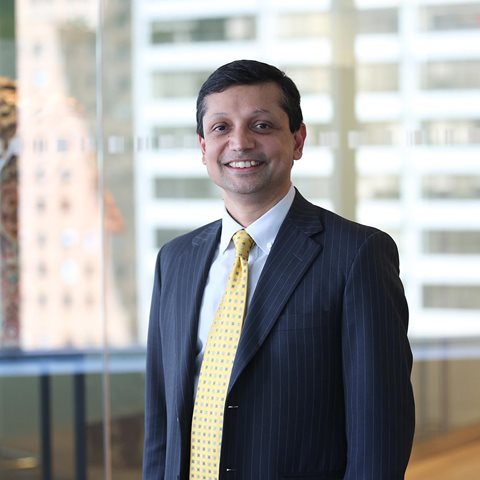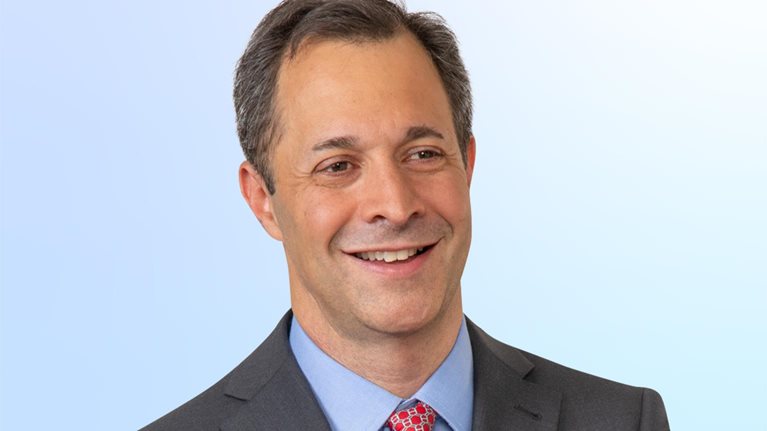Organizations are beginning to seek out leaders with clinical experience—particularly physicians—to align mission with margin. This trend represents a shift from the status quo: Today, 15 percent of CEOs at the top healthcare and life sciences organizations in the United States are physicians.1
To understand what it would take to strengthen the pipeline of physician leaders, we conducted a national survey of physician leaders in healthcare and life sciences. We also interviewed US physician and nonphysician CEOs, CEO coaches, executives, and executive recruiters (see sidebar “Research methodology”). In this article, we share insights related to questions such as: What motivates physicians to pursue the CEO role? What barriers do they encounter along the way? What types of leadership development experiences have the greatest impact on shaping their journeys?
Our survey findings and interviews revealed three themes. First, leadership development should be treated as a discipline—comparable to training in a clinical specialty—requiring in-depth study, on-the-job training, and apprenticeship. Second, creating a sustainable physician leader pipeline requires both individual skill building and a concerted approach to counter assumptions about physicians’ capacity to lead beyond clinical roles. And third, leadership success is born from reinvention—where the lessons of clinical training are not discarded but unlearned where needed, relearned with intention, and applied with purpose.
Purpose, not title, inspires physicians to pursue leadership
The top motivators for pursuing leadership are a desire to make a broader impact on patient care (51 percent) and to lead innovation and transformation in healthcare (42 percent), according to our survey. This mirrors what physician CEOs shared in our interviews: Most set out not for the CEO title but rather to transform patient care, modeling the mindset of a servant and selfless leader, which our broader CEO research has found spurs higher performance of CEOs across industries (see sidebar “CEO excellence”).

CEO aspirations are strong among physician leaders

Aspiring physician leaders signal confidence, while current CEOs see growth opportunities

Barriers are at both individual and institutional levels
If so many surveyed physician leaders aspire to the CEO role and feel confident in their capabilities, what do they believe is holding them back? We asked them to rank their top barriers, and survey responses reveal two cohorts: one that emphasizes extrinsic barriers and another that points to intrinsic challenges. Just over half (53 percent) of the survey respondents who cite external perceptions as a top barrier do not point to skill gaps as a challenge. For this group, the guidance—aligned with McKinsey’s broader research on becoming a high-potential candidate—is to approach the discipline of leadership development with humility, challenge self-serving biases, and objectively assess capabilities relative to what top executive roles require.
Conversely, in the other cohort, which focuses on internal barriers, 60 percent of respondents who cite skill gaps do not consider perceptions as a hurdle. However, feedback from interviewed executive recruiters, CEOs, and CEO coaches points to the presence of biases related to physician leaders. Understanding how these biases manifest in the CEO selection process could help physicians develop strategies to more effectively position themselves for top leadership roles.
These findings should also prompt institutional reflection. Since more than half (52 percent) of all respondents cite perceptions as a top barrier, might organizations be unintentionally reinforcing a cycle of exclusion—where physicians seen as unready for leadership are overlooked for mentorship, stretch opportunities, or more formal leadership development, thereby reinforcing the very perception that holds them back?

Development opportunities should evolve with physicians’ leadership journeys
To gain insight into how physician leaders overcome critical barriers, we asked them to rate the effectiveness of the leadership development opportunities they’ve experienced. Their responses reveal differences across career stages.
For physician leader respondents earlier in their leadership tenure—those two to four levels away from the CEO role—two development opportunities were rated by more than 70 percent of them as being very or extremely effective: on-the-job training and degree programs.
Four additional development opportunities stand out as physician leader respondents advance in their careers: informal mentorship, networking, peer coaching, and leadership fellowships. Each was rated as very or extremely effective by at least 70 percent of physician respondents in CEO roles or those reporting directly to the CEO and also exceeded ratings from physician leaders at earlier career stages by at least 15 percentage points. These findings highlight that leadership development should evolve as leaders advance, both in the types of skills and methods of acquiring those skills.
Early in the transition to leadership, physicians benefit from degree programs because they can acquire skills not taught in clinical training and receive hands-on experiences, which help them adapt their clinical skills to leadership. Later in the journey, relational means of learning grow in importance, as opportunities like mentorship, networking, and coaching help physicians learn how to lead themselves and others.


A call to action to close the physician leadership gap
Physician leaders have high aspirations to scale their patient impact on an enterprise level. However, the path from potential to realization will require critical self-assessment by individuals and institutions.
We encourage individuals to ask themselves the following questions:
- Am I approaching my leadership journey with humility and intention—assessing my capabilities against the needs of the next role, filling skill gaps, and seeking the most relevant mentors and coaches?
- Am I building my understanding of the CEO selection process to best position myself for success and overcome any misperceptions about my capabilities?
We encourage institutions to ask themselves the following questions:
- Do we have a structured, meritocratic process to identify high-potential physician leaders—from frontline leaders to potential CEOs?
- How are we cultivating physician leaders and potential CEOs at scale? Are we unintentionally creating vicious cycles that stifle growth or methodically establishing virtuous cycles that build physician leadership profiles and experiences?
Healthcare and life sciences organizations that can seize this moment will be the ones who are bold enough to rethink the archetype of a healthcare CEO and invest accordingly.
